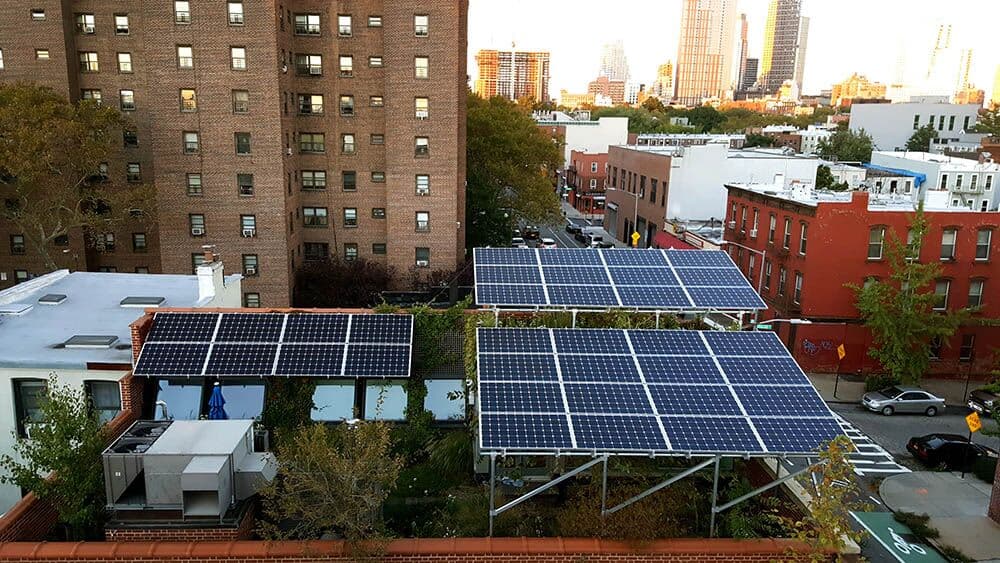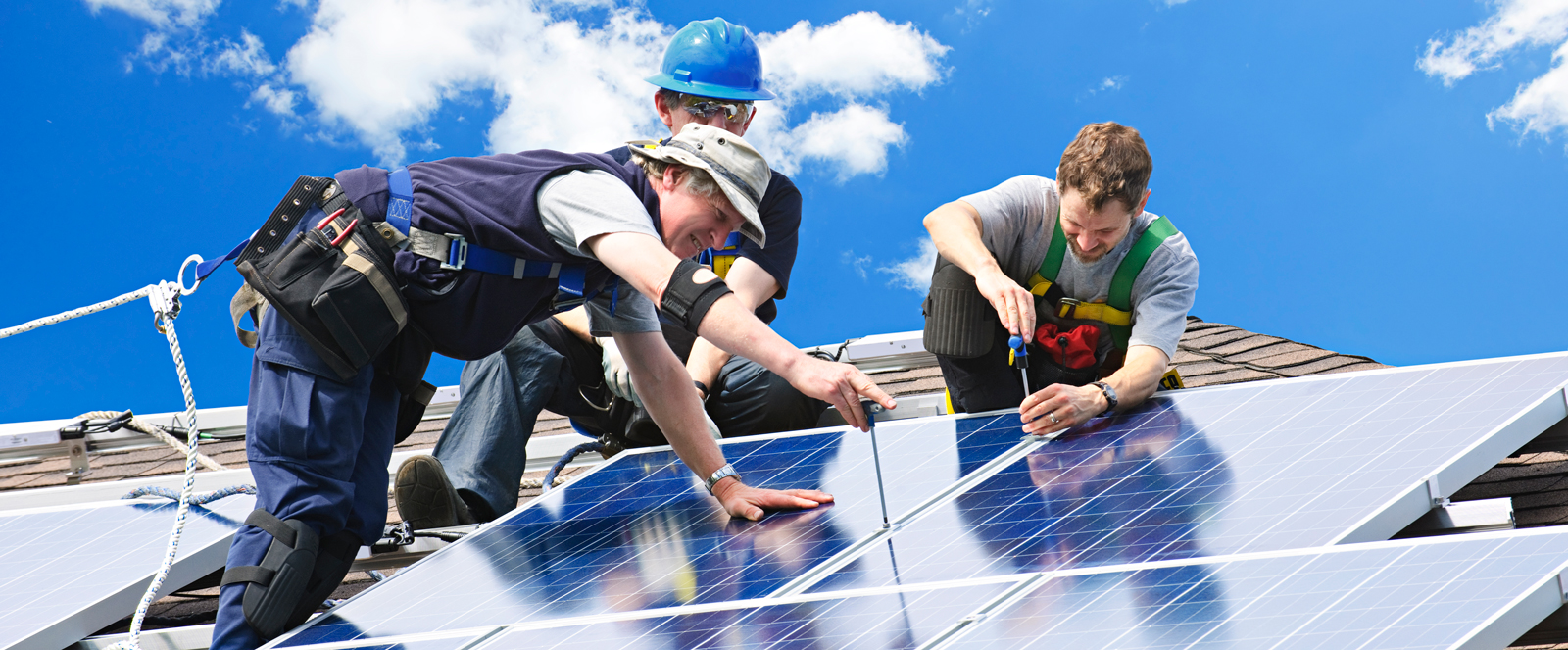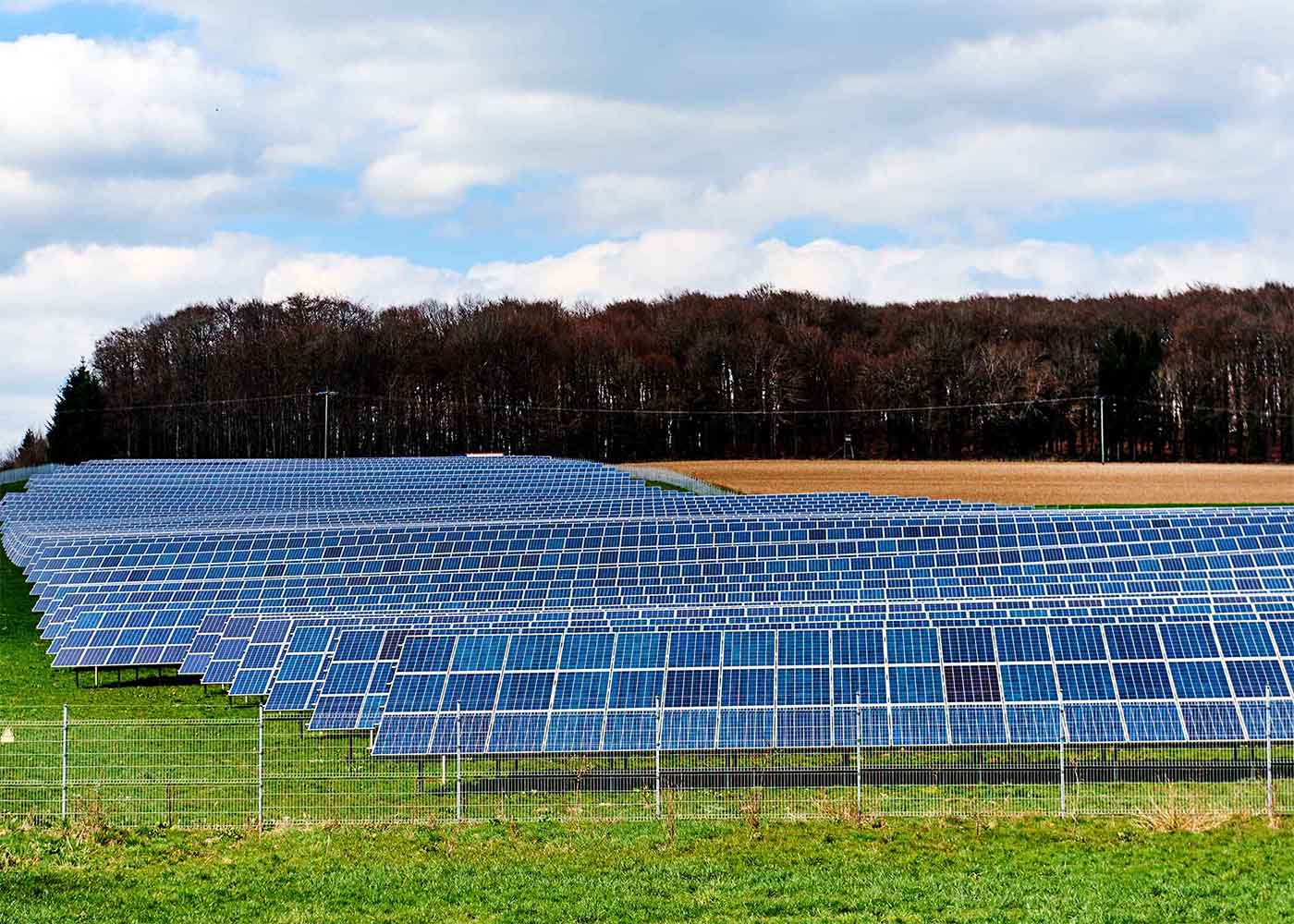Editor’s note: Dave and his wife Sher worked with Unbound Solar to build their 6 kW solar system back in 2014. Five years later, he contacted us to share his reflections on going solar in a freezing cold climate. The report below was originally produced for the Clean Water Action Council and is reprinted here with permission.
Living in a region famous for the “Frozen Tundra” of Lambeau Field, does it make sense to buy a photovoltaic solar system? Solar PV has been in the news since the 1980s, forever promising lower cost. We know now that they make sense in sunny California, but what about here in northeast Wisconsin?
We live south of De Pere and built a system in late 2014. It is producing about 8,000 kilowatt-hours of electricity per year thus far, despite our less than ideal climate. The output varies by month, but so does our consumption.
The green bar chart below shows just how much more power is produced in summer versus winter. It is our experience that the system produces more energy than we consume from February through June, holds its own July through October, but fails to deliver enough power during the short, cloudy days of November, December, and January.

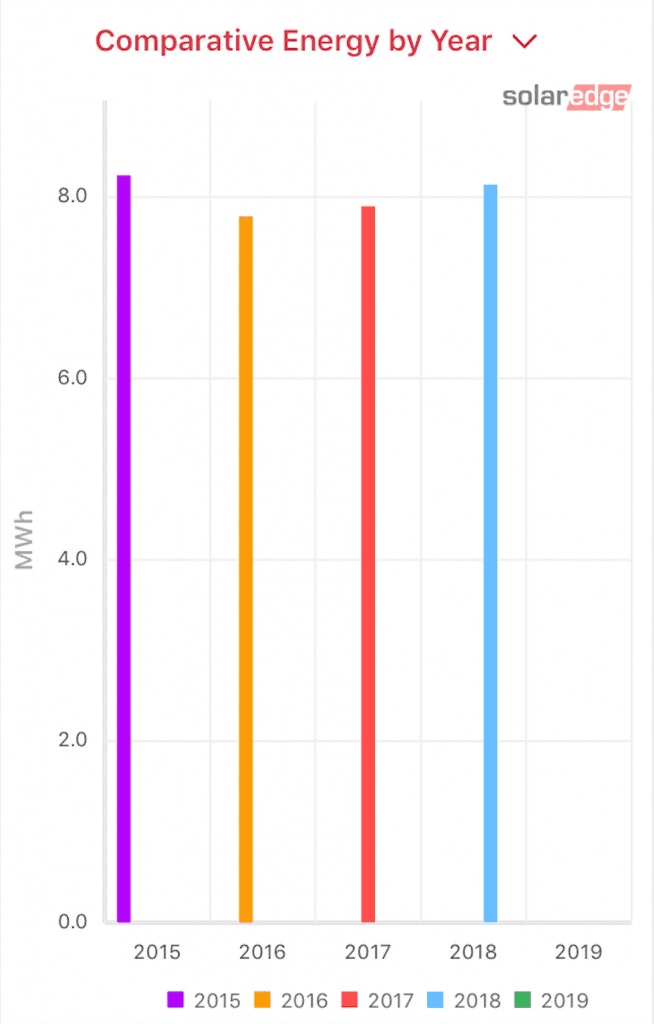
We sized our system to provide 90% of our electrical needs. So far it is producing over 93%. We still heat our potable water electrically. A natural gas water heater would mean we could make more electricity than we consume, but our old log home doesn’t lend itself to adding a chimney or side venting.
The solar system only produces its maximum instantaneous output during a week or so around the Spring Equinox. The angle of the panels is nearly perfect then, and the air is clear. You might expect the Fall Equinox to match the Spring, but it does not, as by Fall the air is thick with debris from the agricultural
So, that is the big picture. The average US home is 2,700 sq. ft. in size and uses 867 kilowatt-hours of electricity monthly. Your home is probably smaller and uses a bit less. You can examine your own utility bills and find out just how much you do consume right from your monthly bills.
Our system is a grid-tied array of 20 panels operating as two strings, or circuits, of ten panels. Each 295-watt panel has its own Optimizer/Safety Disconnect built by SolarEdge to reduce energy loss due to shadows or other issues. The 6000-watt inverter is connected to the local utility on a net billing basis. We live in the country and have enough land to have built our system on a ground mount. Good thing, too, as it allows for easy maintenance. By which I mostly mean snow removal.
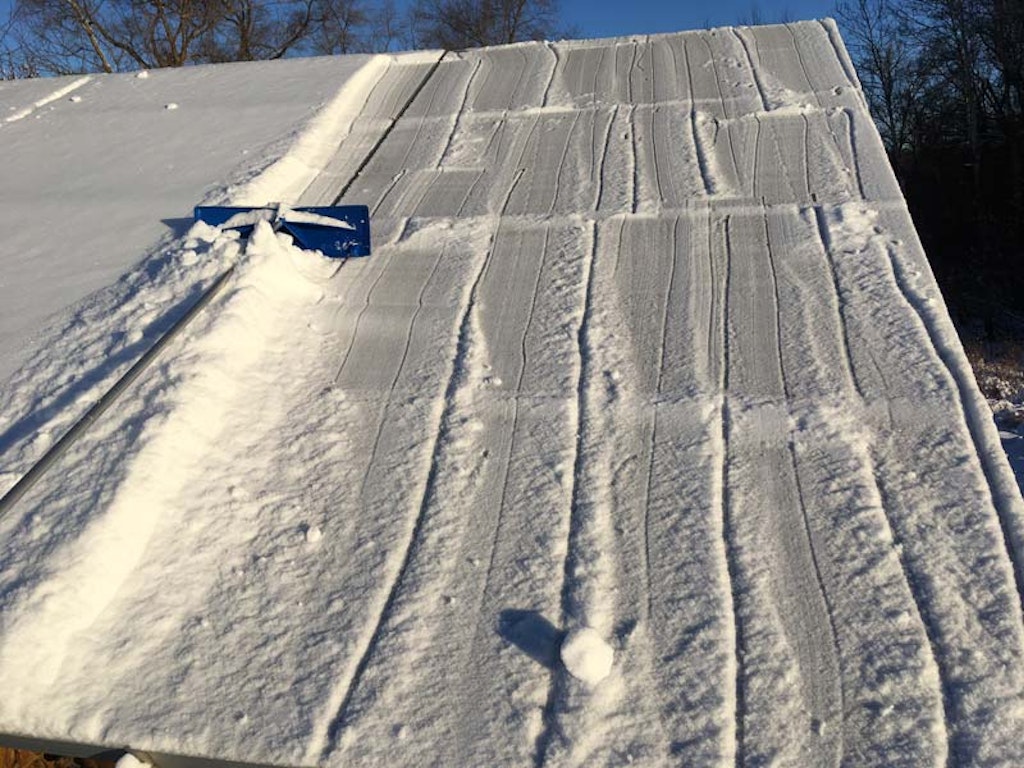
Our mid-winter days only last nine hours. The sunlight is weak as a result of the low arc the sun cuts across the sky. Weather bureau data confirms the generally cloudy conditions. Frequent “Alberta Clippers” dust the panels with snow. The sun will melt the snow and ice off of the panels, but at the cost of hours, maybe many hours, of production. That is where the maintenance part happens.
We chose a fixed angle ground mounting for the panels because it is cheaper to build and panels have become so inexpensive. A moveable mount that tracks the sun’s position in the sky would collect more sunlight and produce more electricity. But such a moveable array that can take a 90 mph wind load and a
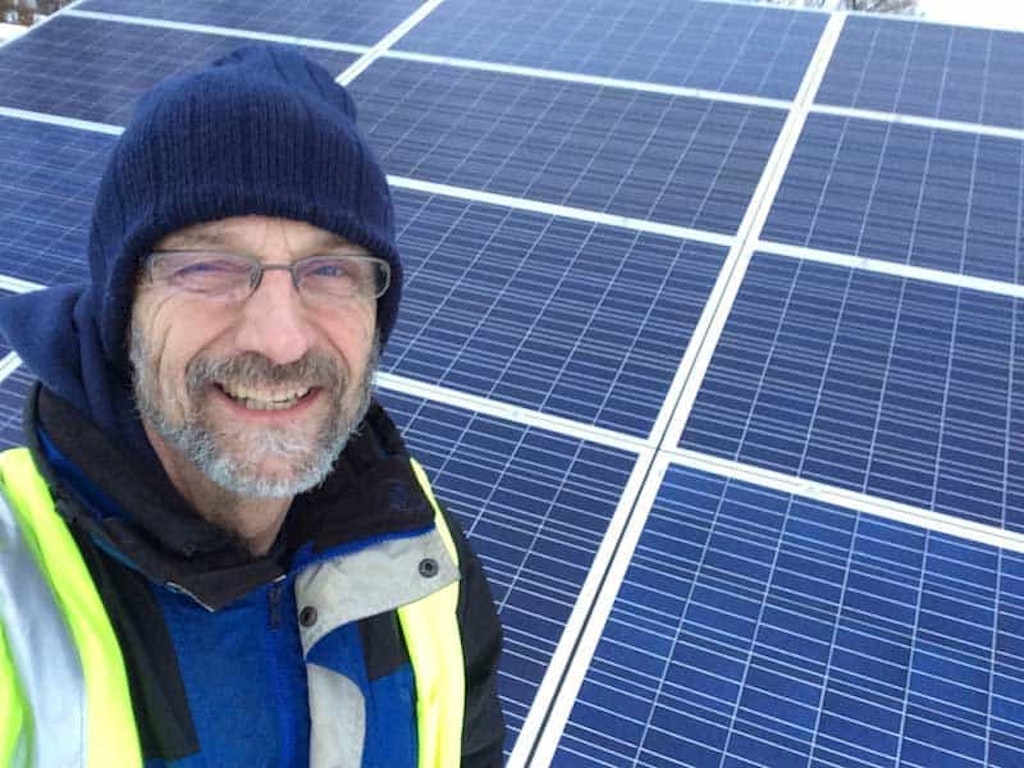
Now, adding even more panels would produce more electricity than we use every month, but taking financial payback into account, that would have been a poor decision. As built, our system has a
We considered a
If you haven’t given solar much thought, it is time to reconsider. They are a better investment than any annuity, and they provide you a means of
Dave Verhagen lives with his wife Sher in De Pere, WI. He serves on the Board of the Clean Water Action Council of Northeast Wisconsin.


